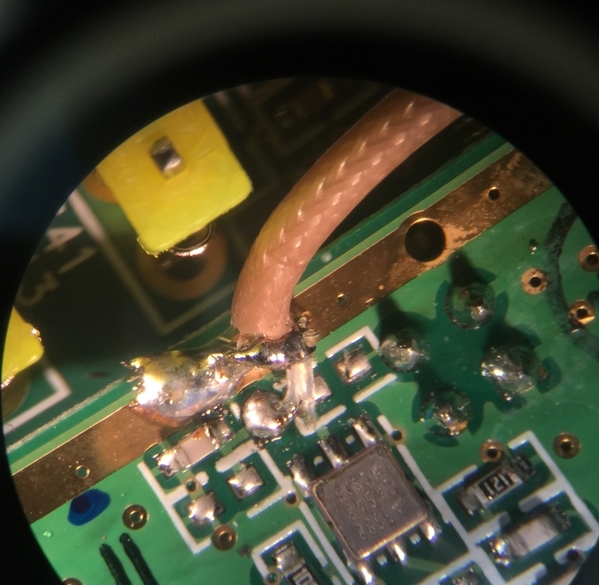gunrunnerjohn posted:Adrian, I do foresee a much larger issue with switching the Legacy signal. Since any large layout will have multiple TIU's and multiple channels, you need to have multiple switches to manage the Legacy signal interruption. However, you can only have one Legacy signal source in the entire layout, so there's the issue of a major disconnect between this unit and the TMCC Buffer. The only way I see this working is somehow having all these interrupter switches feeding a common switch that turns off the Legacy signal. Obviously, you are then dealing with the propagation delay as usually the TIU's are scattered all over the layout with a really large layout.
Until we can somehow address that issue, I don't see how this can work. Maybe balancing the Legacy signal between the center rails and the outside rails is a better bet after all.
I'm very aware of this and have been thinking about it already actually.
Right now I'm building one of these for the SD3R folks who have 1 TIU right next to the legacy base. The board I have connects to the 4 TIU outputs and "ORs" them together to run the switch.
I'm thinking even if you chop off the better part of the first DCS packet in a sequence (like 1-10us) the DCS command will only have to repeat 1 extra time before everything is communicating within the hole and the decoder is clean. At our AGHR club we probably have a good 200-300 ft between TIUs so that's almost 1us of delay right there. Once I have the nice boards back I was going to try to wire them across the club with a remotely located switch and see how it performs. Maybe the initial latency is not as critical as we think. Testing should answer this...
Balancing the center and outer rail isn't so easy either. After thinking a bit.... while the outer rail is often a single node in a layout, the center rail is usually broken up into blocks, so you'd need a lot of copies of whatever circuitry is doing the balancing. You need to distribute the legacy signal to all of them, and they all need a connection to earth ground as a reference. If you have earth ground connections all over the layout to support this, the cap may go up a lot and impact the legacy/tmcc performance. Sound hard...







